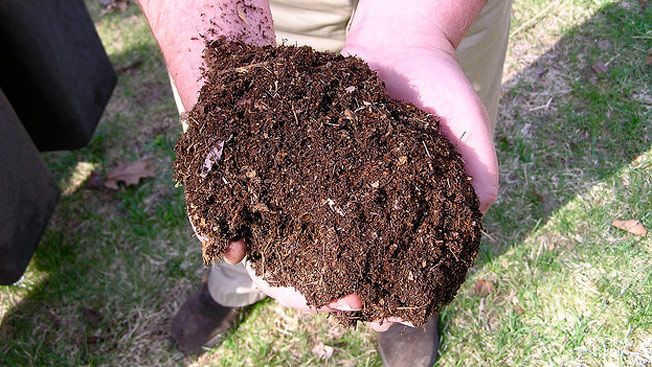How to enjoy the benefits of compost in your garden

Productive gardening is a joy for many reasons. But success depends greatly on the quality of the soil in which plants grow – and creating great compost is hard physical work. Or are there short-cuts that we can all use without that heavy spadework? The people at Mantis have provided this short guide.
Gardening is one of the most popular hobbies for people who are retired, and for good reason.
Regularly tending a garden can be a great way to get regular exercise, helping people to stay flexible and mobile while also keeping limbs strong. It can help relaxation, as well as giving the perfect excuse to spend some time outdoors. A garden can also become an abundant source of fresh fruit and vegetables, which can contribute to an essential healthy diet and save money on some supermarket-bought produce.
One of the key aspects of cultivating a thriving garden is to make sure that the plants have all of the nutrients that they need to flourish, and one of the easiest ways to provide them with this is through compost.
What is compost?
Compost is a nutrient-rich substance that is created when nature recycles decomposed organic materials — a natural process essential to the growth of plants. When people undertake composting in their gardens, they are encouraging this recycling to occur more quickly by providing optimum conditions for it to take place.
Any organic waste can be used to produce compost – from other garden cuttings to leftover fruit and vegetables from the kitchen – making it the ideal way to turn what would have otherwise been thrown away into something that can be used for the benefit of the garden. Compost that has completed its cycle has a dark brown appearance, a crumbly texture, and a smell of dirt.
Making composting manageable
You may have heard a thing or two about composting and written it off as being too complicated, but this doesn’t have to be the case. Composting is a process that can benefit any garden, and can be practised at any age or level of gardening expertise.
Choosing the right composter
There are quite a few ways to produce compost, but the two most popular with home gardeners are using a compost pile or an enclosed bin. Both of these methods can be used within the confines of a garden. It’s worth looking for bins that provide easy access and allow compost to be turned without too much effort.
One option is a rotational drum design such as the Mantis ComposTumbler, which can make mixing and accessing the compost much easier as it’s a matter of turning a handle rather than digging. The hatch on the underside of the drum means finished compost can be dropped straight into a wheelbarrow.
Choosing a site
The best site for a composter depends on how it’s going to be used on a daily basis. Choose somewhere that poses little risk, with no steps or slopes that will increase the risk of a fall or trip. Although these obstacles may seem manageable in the pleasant weather of the spring or summer, in the autumn and winter when conditions get worse they can pose a much greater risk.
Choose a place that isn’t too far from the back door, as this will reduce the distance to travel to deposit scraps into the composter — another essential consideration for winter, as it will minimise the amount exposure to cold temperatures. It’s worth using a dedicated bin in the kitchen for compost scraps. Not only will this keep them separate from the rest of the household waste, but it will make it much easier to pick them up and transfer them to the composter.
The perfect mixture
To get the best possible compost for fruits and vegetables to grow in, it’s important to know what items to add to the composter for the perfect mixture. For an optimal breakdown of materials, there should be the correct ratio of carbon-rich (brown) and nitrogen-rich (green) substances so that the microbes that break down the mixture. This can sound complicated, but it just means trying to add two parts of green materials, like kitchen waste, manure, and garden clippings, to one part of brown materials, like dead leaves, hay, wood chips, and paper. This should give the ideal conditions for the compost to prosper.
The ratio of greens to browns should fall in the region of 2-4:1 on the side of greens but this will vary according to what is being composted and the temperature outside the bin. It is really just a case of trial and error and keeping a check on the moisture content within the compost – and adjusting it accordingly. That is, if too wet, add more browns (paper, sawdust, twigs etc) and if too dry, add more greens (grass cuttings, kitchen scraps etc) or a little water.
Composting is a simple way to promote healthy growth in the garden, and even help to save money and recycle easily.
The people at Mantis are experts in designing and manufacturing gardening tools that make difficult tasks easier with products such as the Mini-Tiller and best-selling ComposTumbler. They also have a useful guide on how to compost, as well as insightful tips on how to prepare your soil when your compost is ready.
Have a look at our other articles on enjoying the garden in later life:
Tips on enjoying the garden at any age
More gardening tips for older people
The health benefits of plants for your parents
Ways to manage your garden waste

